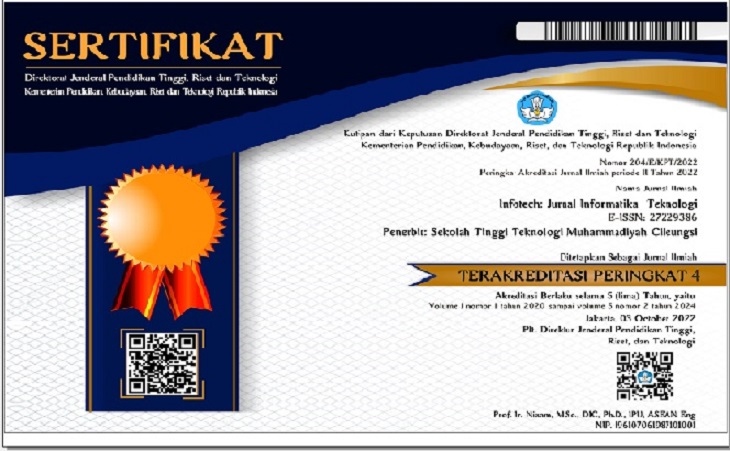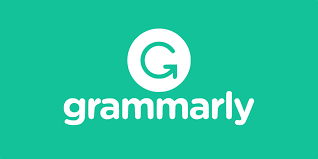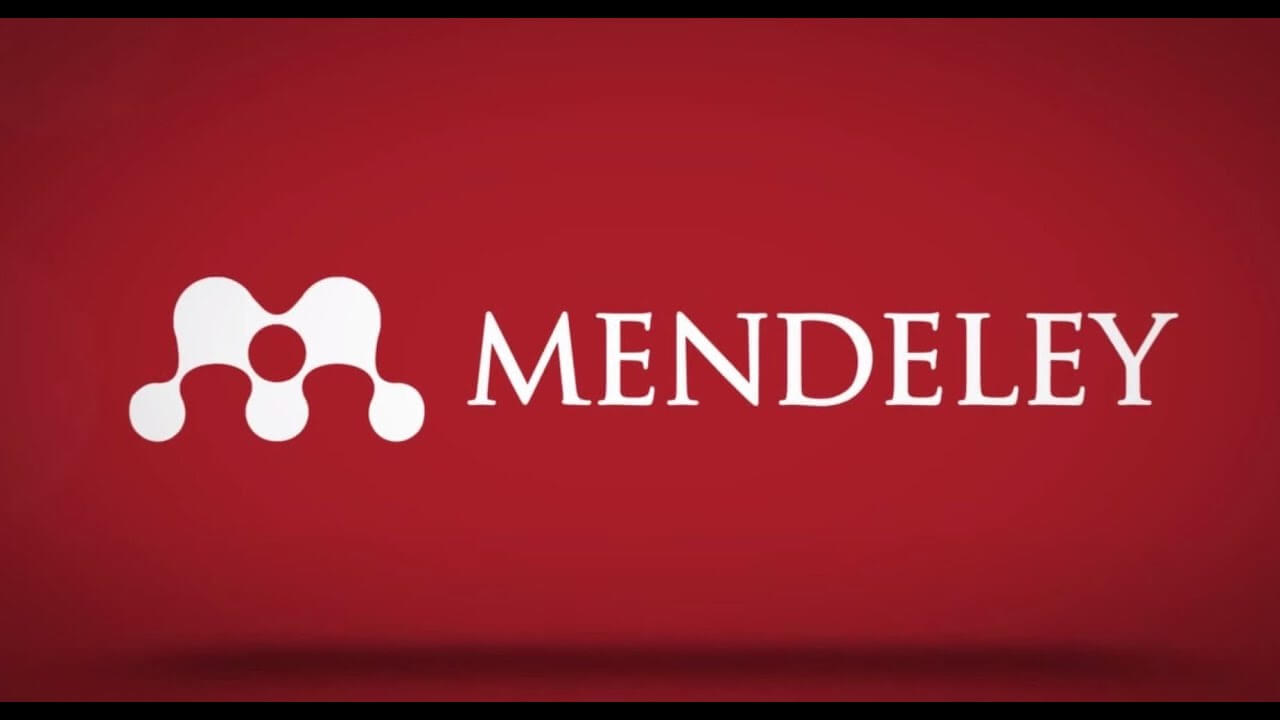Author Guidelines
Author Guidelines INFOTECH : Jurnal Informatika & Teknologi
1. Introduction
INFOTECH : Jurnal Informatika & Teknologi : is a journal informatics and technology published by the Institute for Research and Community Service. It is at the national level which covers many general issues or issues related to the science of public administration. The purpose of this journal publication is to disseminate conceptual thoughts or ideas, theories and applied research results that have been achieved in the fields of e-commerce, e-learning, e-manufacturing, e-government, IT Government, IT Management, Supply Chain Management, Business Process Management, Robotic System, Smarts Sensor Networks, Intelligent Transport System, Smarts Villages, Smarts City, Smarts Cloud Technology, Software Engineering, Data Mining, Remote Sensing, Human Computer Interaction, Information Security, Languages and design, Conceptual Modeling.
INFOTECH : Jurnal Informatika &Teknologi, This journal is indexed in Google Scholar. The Editorial Board of Journal of Applied Mechanical Engineering invites you to submit your manuscript for publication in this journal. An example of writing an article format This is it.
2. How to Write the Author's Title, Name, Name and Address
The title of the manuscript should be written at the top of the first page with the text alignment centered. Authors must provide two line spaces between the title and the author's name. Keywords should be listed below the overall abstract for all words. In addition, the title of an article written in Indonesian must also be stated in English.
If there is more than one author, the names must be written separately by a comma (,). If the name consists of at least two words, the first name should not be abbreviated. The responsible author, correspondent author, or appropriate author should be listed first.(Fendy and Satrio, 2011; Fredy, 2019).
3. General Guidelines for Manuscripts (The Manuscript General Guidelines)
The general guidelines for text manuscripts are as follows:
- Manuscripts are authentic INFOTECH results that have not been published in other publication media or publishers.
- Manuscripts do not contain elements of plagiarism. The editorial board will immediately reject text indicating plagiarism.
- The submission and publication process is free of charge, at no additional cost.
- Manuscripts that have been written under the guidelines INFOTECH : Jurnal Informatika & Teknologi : (Using this article template in MS Word format) must be submitted via the Online Submission System with the help of Open Journal System (OJS) of INFOTECH: Jurnal Informatika Teknologi (http://jurnal.sttmcileungsi.ac.id/index.php/infotech) only choose one procedure. Then, register as one of the authors or reviewers under "Register".
- Guidelines and templates for writing manuscript articles can be downloaded. Article writing templates and guidelines are available in MS Word (.doc) format.
- Manuscripts for online submission are available in the online submission guidelines section below.
- Manuscripts that are not in accordance with the writing guidelines INFOTECH: Jurnal Informatika &Teknologi : prior to the review process, will be returned to the author.
- The manuscript must contain several aspects of the scientific article as follows: (subtitles as the sequence), namely: (a) article title, (b) author's name (without accreditation title), (c) the author's address is affiliated, (d) the author's email ( e) abstracts and keywords, (f) introduction, (g) research methods (h), research findings and discussion (i), conclusions (j), references.
- Subtitles that are included in the discussion section (Introduction, Theoretical Review, Writing Methods, Results and Discussion, and Conclusions) must be numbered in Arabic numbering order starting from one. Subtitles are written in bold and title. It uses left text alignment without underlining. Subsequent expanded subtitles must be written in bold and sentence format, must use left text alignment and second-level numbering format.
- Manuscripts can be written in Indonesian or English in the standard language. Manuscripts must consist of fifteen (15) to twenty five (25) pages including figures and tables. The script text should be written as a template for this article in camera ready mode. This article is written on A4 paper (210x297 mm), with specific margins as follows: left 25 mm, right 25 mm, bottom 25 mm, and top 30 mm.
- The text of the article must be written in Time New Roman, 11pt font size, 1 line spacing, and 1 column
- Words from foreign languages or English are stated in Italic format (italic). Each paragraph starts 10mm from the left side border while there is no space between paragraphs. All numbers are written in Arabic numbering format, except for new sentences.
- Tables and pictures are placed in a text group after the referenced table or image. Each image must be labeled (Image Caption) under the image and numbered in Arabic numbering format followed by the image title. Each table must be given a table title (Table Caption) and numbered in Arabic numbering format above the table followed by the table title. Image attachments must be guaranteed to print properly (font size, resolution, and line space are clearly visible). Pictures, tables, and charts should be centered between groups of text. If it has a larger size, it can be placed in the center of the page. Tables should not contain vertical lines, while horizontal lines are only allowed for important points.
4. Composing
Text title: The title should be informative and be written briefly and clearly. It cannot be various interpretations. It must correspond to the issue to be discussed. The initial word is written in capital letters and is symmetrical. The article title does not contain any unusual abbreviations. The main ideas should be written down first and followed by an explanation. The title of the article must be written in eleven words, 11pt in font, in bold and in middle text format. Meanwhile, the abstract must be written in a maximum of 250 words and followed by three to five keywords.
Introduction: A general history and a (sophisticated) literature review as the foundation of the new research topic, statements from new scientific publications, major research issues, and hypotheses should all be included in the introduction, in that order. The reason for writing the article should be mentioned at the end of the introduction. To demonstrate a new brand of science papers in the literature review.
Method: This system, which includes analytical approaches, is used to solve problems. This section describes the techniques used to solve research problems.
Results and Discussion: The results and how they were discussed are presented in this section. The findings of research must be backed up by sufficient evidence. The response or research hypothesis mentioned earlier in the introduction must be the research results and findings.
Conclusion: This is the final part of the paper, and it includes conclusions and recommendations. The theory, research priorities, and research results will all be addressed in the conclusion. Conclusions do not have to be limited to reiterating findings and discussing them further. It should be a list of the research findings that the author anticipated in the research goals or hypothesis. Suggestions are part of advice.
References: This section must provide a list of all references included in the report. All references in this section must come from primary sources (scientific journals and at least 80% of all references) that were published during the last ten years. At least ten references must be included in each post.
5. Guidelines for Citation and Reference
Several papers from INFOTECH: Journal of Informatic Technology, and should be cited by writers. All details or quotes in papers taken from the work of other writers must be accompanied by a reference source. A reference management program such as Mendeley, End Note, or Zotero should be used. INFOTECH uses the following writing style: Journal Informatic Technology.
6. Guidelines for Conducting a Literature Review
A reference management system such as Mendeley, End Note, or Zotero should be used for literature reviews. The Journal of INFOTECH: Journal of Informatic & Technology uses the Harvard writing style for its articles.
7. Manuscript Submission Guidelines for Online Submission
Manuscripts must be submitted by one of two systems (the preferred procedural procedure):
- The document must be submitted by the Online Submission System in the Journal of INFOTECH: Journal of Applied Informatic Technology Portal E-journal This is it..
- First, the author must register as an author or reviewer (examining role as author or reviewer) in the "List" or This is it..
- After the registration steps are complete, log in as an author, click "New Submission". The article submission stage consists of five stages, such as: (1). Start, (2). Uploaded Submissions, (3). Enter Metadata, (4). Upload Additional Files, (5). Confirmation.
- In the "Getting Started" column, select Journal Section (Full Article), check all checklists.
- In the "Upload Submission" Column, upload the script file in MSWord format in this column.
- In the "Upload Submission" Column, upload the script file in MSWord format in this column.
- In the "Upload Additional Files" column, authors are allowed to upload additional files, affidavits, or others.
- In the "Confirmation" column, if the data you entered is correct, then click "Finish Submitting".
- If the author has difficulty in the submission process through the online system, please contact INFOTECH: Jurnal Informatika & Teknologi, the editorial team at jurnal@sttmcileungsi.ac.id.
Frequency of Publication
INFOTECH : Jurnal Informatika & Teknologi applied journal is published twice a year in June and December
8. There are four steps to the workflow:
Posts: This is where new posts land while they're being assigned to the Section Editor and considered moving to the Review stage.
Some submissions were clearly inappropriate and never made it past this stage.
Reviews: This is where peer reviews occur, as well as any required revisions by the author.
Any applications will fail to pass the approval process and will be discarded. Accepted candidates advance to the next round.
Copyediting: Accepted articles move to this stage, where they are corrected by the copyeditor's work. Authors may be given the opportunity to review copies.
Produce: The submission will proceed to this stage until the copy has been completed and authorised. Copies of files are converted to galleries in Production, which include HTML, XML, PDF, and other formats. The author has another chance to make changes to the galley. The application is scheduled for release in an upcoming issue until everyone is pleased.










